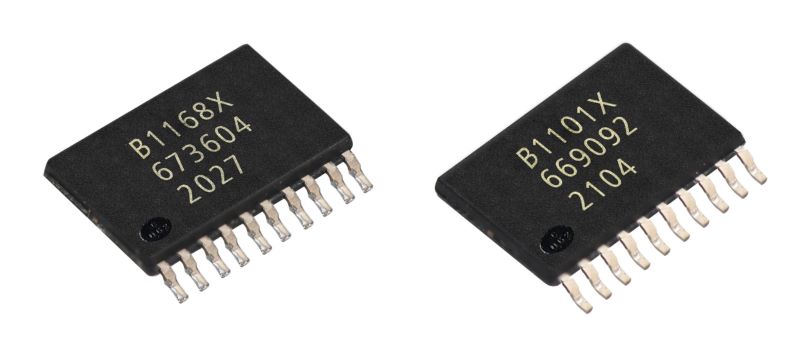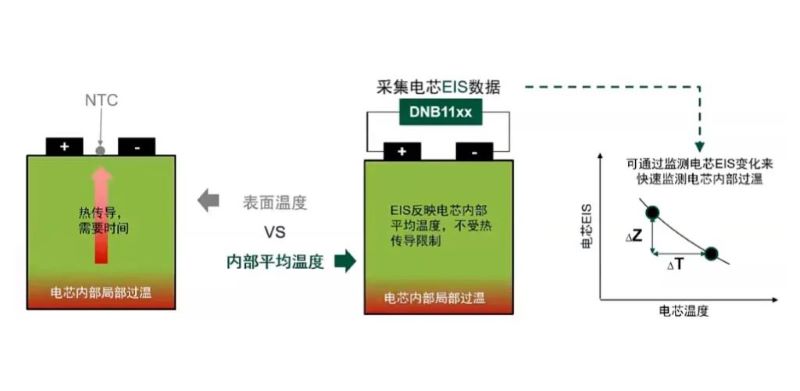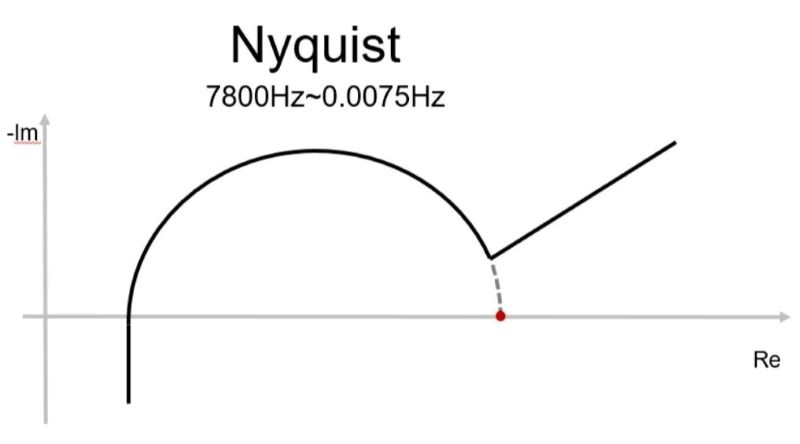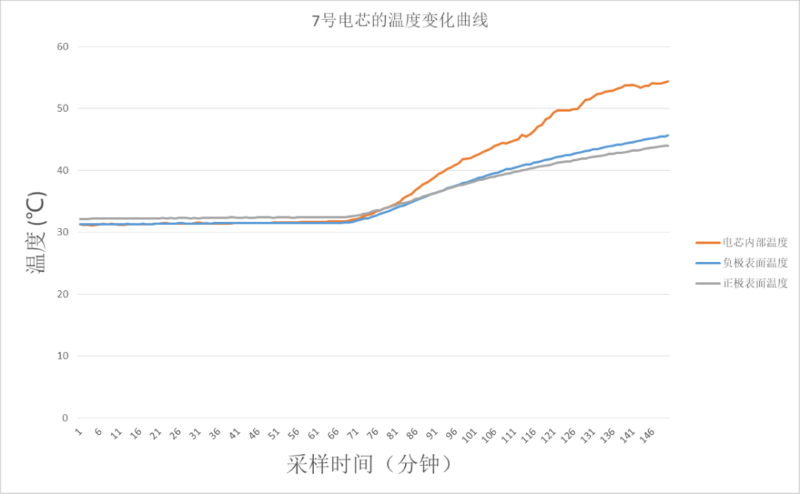Major technological innovation: battery dual temperature detection 『inside the battery cell+surface of the battery cell』
Battery management AFE chips, as an important subdivision of power management chips, have attracted competition from major domestic chip manufacturers in recent years due to issues such as technology bottlenecks in Europe and America.
Battery management AFE chips, as an important subdivision of power management chips, have attracted competition from major domestic chip manufacturers in recent years due to issues such as technology bottlenecks in Europe and America.
In a fierce competition, the DNB11 series AFE chips of Datang NXP (DNS) have emerged, attracting numerous attention upon their debut.
TOP level customer orders
2023, our customer base has grown rapidly, with a growth rate of over 300% in landing projects. The DNB11 series AFE chips have exceeded orders of tens of millions.
We have received many orders from TOP level customers in battery factories, automotive vehicle factories, and energy storage integrators, and customer feedback is very good.

Innovation breaks through technological barriers
As the core value device of BMS, the AFE chip accounts for over 60% of BMS's value, making it the most difficult to design. Especially with the increasing demand for battery management and safety in the market, if the AFE chip can have a dual temperature detection function for both inside and outside the battery, it will greatly reduce the risk of thermal runaway, which is a great blessing for new energy vehicles.
At present, the improvement of AFE chips in the market is almost limited to simple changes in parameters without technological breakthroughs. In terms of temperature detection, chips can only detect the external temperature of batteries.

The DNB11 series AFE chips have completely broken this technological barrier and innovatively integrated EIS AC impedance spectrum detection function into the chip, achieving the first dual detection of internal and external temperature of batteries by AFE chips globally. This allows for more efficient and multi-dimensional deep management of battery internal health, and eliminates potential thermal runaway hazards in the early stages, greatly improving battery safety.

How was such a disruptive and major breakthrough technology achieved? The editor summarizes the following for readers.
Better thermal runaway management for commercial value of DNB11 series chips
Traditional external NTC solution
Multiple cells share one NTC (temperature sensor). Temperature monitoring coverage<50%.
The distance between the battery cell and the temperature sensor causes physical heat transfer to take a long time.
Fault monitoring response time: fast can take several minutes, slow can take even longer.

DNB11 series solution
√ The integrated temperature sensor in the DNB11 series AFE chip can cover each cell with a coverage rate of 100%.
√ Innovative function: Real time monitoring of cell impedance to reflect the internal temperature of the cell.
√ Dual temperature monitoring method [external battery+internal battery], ensuring safety.
√ Fault monitoring response time: second level.

Usually, it is very dangerous for the internal temperature of a battery cell to reach 60 degrees Celsius or above, and when the battery cell begins to heat up from inside, the temperature detected externally will be significantly lower than the actual temperature inside the battery cell due to the presence of temperature steps.
By using EIS technology to detect the true temperature inside the battery cell, corresponding safety strategies can be quickly adopted, greatly improving the safety of the battery cell.
DNB11 series chips • Safeguarding battery safety
★ More realistic battery internal temperature data
★ Faster thermal runaway warning
★ Safer BMS!!!
The above is a comparison between the DNB11 series AFE chips and traditional NTC solutions, and its strong cross dimensional thermal runaway management ability can be clearly seen.